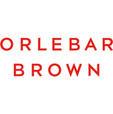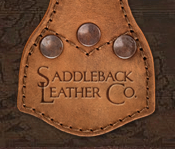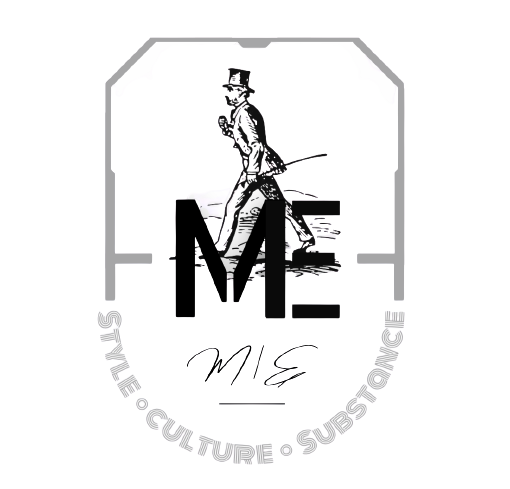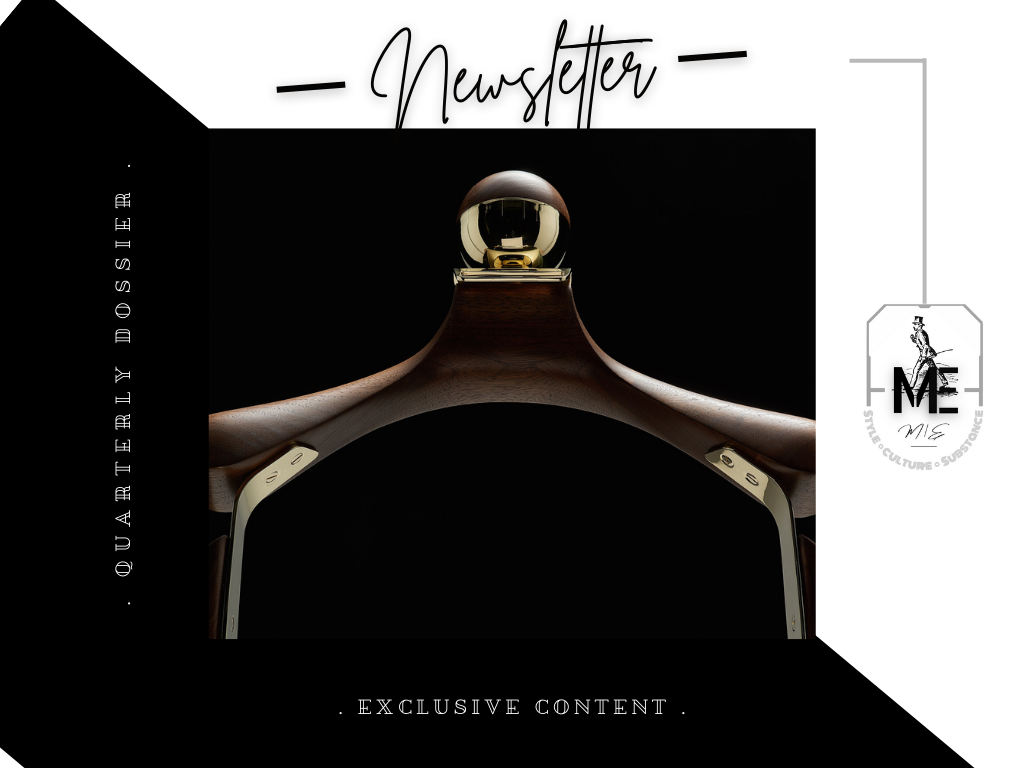
Relatively ageless in its distinguishing form of quite luxury, general ease-of-wear, and well merited sportive refinement (it is a look capable of being worn from infancy through retirement) with an inherent old-world lustre, the origins of the modern (equestrian) menswear movement can be traced as far back as the 18th century whereupon a changing of the cultural (and subsequently sartorial) guard was put into immediate motion by what was effectively a widely shared desire — an insatiable (cultural and social) draw really — for what was to become a more sportive and leisurely inclined existence fancifully savoured far removed from the hustle and bustle of city life.
The result?
A newfangled way of life driven by the active pursuit of equestrian sport and marked by what was a truly transcendent form of dress unlike any before it that would go on not merely shake but alter (and reinvent) the very foundation of classic menswear itself.
Be that as it may, it is (at its core) considered gentlemanly attire that has always been (and will remain to be) expertly crafted and stylized to not only look good but to function even better.
As such, and in proving along the line to be the sartorial standard and compositional antecedent — laying the foundational groundwork as it were — for what have become some of the most enduringly revered evergreen wardrobe staples and timeless silhouettes of the past 300 years, the equestrian aesthetic is unquestionably one built upon easy-to-wear, universally approachable essentials fit not just for the sportive bidding of budding (or seasoned) equestrians, but also for any gent who is routinely beset with dealing (in autumn) with the full seasonal wrath of mother natures elemental deluge (rain heavy, damp and bone chilling).
Held in high regard by general onlookers and enthusiasts alike from the east to the west, it is a style of dress whose enduring sartorial merit and transitional versatility is actively put on display everywhere from the prestigious polo pitch and calm, bucolic (hunting/leisure riding) countrysides through the modern Olympic games and metropolitan urban jungle.
Ever ready, able and willing to be fashioned into a vast array of respectable outfits that can transition a gent from the saddle to the office with (near) effortless grace, the equestrian aesthetic is one that every style-conscious gentleman should take particular note of whether he is simply looking to expand his wardrobe outlay with a few new key signature pieces (and looks) or planning a complete lifestyle overhaul.
So lets (lest this become redundantly unbearable) dive in to a little history shall we?
Regal in provenance yet sporty in modern application whilst being fashionably duplicitous in its finely cultivated (albeit hard-wearing) formality and ruggedly handsome in its specialized sporting functionality, the history of the equestrian aesthetic — in its various styles and cultivated forms — is one that is continually marked by what is (resoundingly) an eloquently masculine form of dress with an innate air of sophistication neatly anchoring it that is furthermore draped by a (often highly romanticized) heritage appeal and well studied level of sporting eloquence that is simply peerless in its sartorial utility.
Capable of satiating most any peculiar discerning (style) taste out there, from that of the rustic heritage country gent (tweed sports coats, corduroy trousers) to the metropolitan dandy (grand tailcoats, formal blazers, Jodhpur boots), it is famously renowned for its luxurious utility, rustic flair, and timelessly elegant (i.e. discreetly sophisticated) wardrobe foundation — the latter of which has proven time-and-again to be impeccably resilient to the caprices of fashionable transience (for centuries in fact).
| Having said that, and if you were to truly delve deep into its vaunted history, it would quickly become self-evident that it is responsible for either creating, inspiring or cementing into sartorial lore a great many of contemporary menswear's evergreen wardrobe staples and classic forms. Surely an accomplishment that few other forms of dress can lay claim to as well as a marked testament to its enduring (well merited) style permanence. It is, as such, a style whose tastefully cultivated coalescence (i.e. masterful juxtaposition) of tailored formal elegance, technical sporting uniformity, heritage styling, hardwearing utility and transitional sensibilities is one that is often criminally overlooked and most assuredly underrated in every sense of the term. Rich in formal luxury, seasonal layering pieces, classic sportswear staples and timeless heritage haberdashery, |
To that tune, it is often stated that great style has always been an artful compromise between rugged and elegant, high-and-low, luxury and (heritage) practicality, and of being comfortably dressed AND properly put together at all times.
The challenge of it all, of course, is in finding the proper balance between all those fluctuating variables.
Step forth the equestrian aesthetic — the sartorial middle ground incarnate and your simple answer to just such a persistent dilemma.
But, where did it all begin?
And standing (stylishly) prominently above all other habiliments at the time was the traditional scarlet (red) hunting coat, an evolutionary garment at the time that essentially can be credited with launching modern (sporting) menswear as we know it into the sphere of the prevailing popular social (and cultural) consciousness.
Arguably the most iconic (and culturally controversial) equestrian style staple in existence and the order of the day for purists inclined to cutting a dash in classic huntsman garb, the traditional (red) hunting coat (or even regency tailcoat) is an impeccably made garment defined by its definitive (both practical and social) trappings:
A deep ghillie collar, long skirted centre vent (breaking above waist for ease of wear in the saddle), slimming back half belt (or sometimes a broad full waist belt), four (or 5) distinguishing (often brass) hunt button closure, flap pocket, inner jigger straps (to buckle around ones legs to kept gusts of wind at bay), cuffed wrists, a suppressed waist, and a full lining with a waterproof coating.
Cut in a 3/4 length frock coat or with a cutaway at the front (i.e. tails/tailcoat), it has always been worn with a (more often then not black) waistcoat, white breeches, waterproof black leather hunting (classic Wellington) boots, a silk black top hat (or perhaps a bowler topper), and a white garter strap.
First utilized as a means to properly signify a certain level of skillful distinction when worn by true masters of the traditional (fox) hunt, it was thereafter endlessly toyed with before eventually being adopted by the British military (with quite a few changes being present) into what became its most infamous (cavalry-inspired) form: the proverbial “Red Coat” of military uniform lore (i.e. the classic British officer’s coat during the American Revolution).
After the war, it slowly began to share the coveted (overcoat) spotlight with such styles as the Ulster (a tweed overcoat) then the Chesterfield and finally the Polo Coat — the latter being now considered “the noblest of outerwear” in the modern era.
To such an extent, and for the modern gent in particular, it holds little value outside of serving as an enduring testament to the sartorial (formal) superiority of centuries past. Mind you, its black variation (as well as differing shades of dark green and blue) is still commonly worn by modern huntsmen (as well as select others) as “Hunting Proper” attire.
So, while it may indeed be alive and kicking (so to speak), it is likely best you avoid wearing (or investing) in it's classic silhouette lest you be the type (i.e. of a peculiar ilk/heritage) who still fancies the hunt or who is routinely afforded invitations to social affairs that dictate the wearing of one.
Engineered to withstand any terrain and pioneering the formal sportswear movement was the British Hacking jacket and its close sartorial cousin the Norfolk, which gained widespread acclaim first in the 1930’s as being the first American sport jacket (arriving via Britain nonetheless).
Cut shorter (cropped just below the waist), fitted slim, and fashioned with a variable degree of practical details, functional accoutrements and outer pockets, both have proven to be eminently more versatile and easy-to-wear alternatives to that of the traditional long (and formal) huntsman and frock riding coats.
Dutifully earning their (prevalent) pride of place in nearly every gentleman’s (country gentry or otherwise) wardrobe at the height of their sartorial dominance,these newfangled “jackets”were responsible for breaking both social and formal dressage barriers at the time whilst operating to this day as the common progenitors for nearly every contemporary form of (equestrian purposed) jacket to follow in their stead, from formal competition dressage and everyday business suiting (jackets) through casual waxed coats, leather field jackets and even the regally revered (modern) quilted Paddock.
Of the two, the Hacking jacket (also known as the ratcatcher) is of particular note.
Deriving its moniker from the word hack or hackney, which was the name of the noble breed of saddle horse often chosen for the type of pleasure riding that these jackets were originally purposed for, the ratcatcher is undeniably workmanlike in its rugged utility and explicitly informal in its distinctive character.
A jacket that is to this very day always made of tweed (with Keepers tweed being the preferred cloth as opposed to cavalry twill or the more formal riding melton cloth), and the precursor to the modern tweed sports coat/blazer, it is countrified in heritage yet civilized in essence.
Sported throughout the 18th century — namely by the British landed aristocracy — as leisure horseback attire before being adopted by all men of style and substance, the hacking jacket is nearly indestructible, hardwearing (i.e. able to retain its form after years of frequent use), and able handle just about anything the cold weather season (waterproof shell, windproof wrist cuffs, insulating inner wool backing) and the distinctive equine lifestyle throw its way.
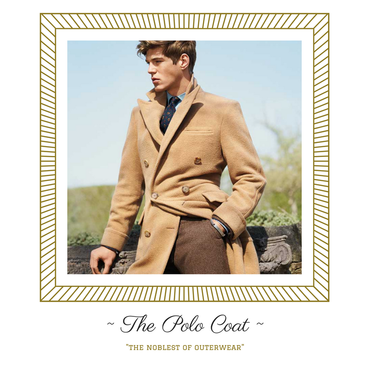
Three-button stance that is accented by shorter lapels and a high-notched collar; homespun of heritage tweed with an insulating wool lining; two slanted (i.e. hacking) waist pockets with flaps (which tastefully emphasis the waist in a slimming manner alongside a ticket pocket) + a single (slit) pocket upon the left breast; and markedly cut with a flared skirt and a specialized equestrian high (back) vent that comfortably spreads when one sits upon his noble steed.
Handsome in appearance, rugged in functionality, and charming in character, the hacking jacket is an excellent choice for nearly any casual equestrian riding eventuality and is as comfortable to wear as it is pleasant to the eye and touch.
A practical essential through-and-through that, by the 20th century, became so popular and quintessential to the wardrobing habits of nearly every cultivated gentleman of the time that its groundbreaking silhouette went on to become the inspirational model from which modern suit and sports jackets alike are based upon.
Evolving over time from its original form into the “lounge jacket” and then the “lounge suit” before finally into that of serge and flannel “sports coats”, its legacy is indeed impactful and well veneered.
But how should you wear it?
Equine connoisseurs likely would insist upon wearing it with a polo shirt alongside traditional Jodhpur trousers and Jodhpur boots. The average gent, on the other hand, could surely follow suit if it so pleases him or should he be faced with an occasion that calls for considered attire fir for casual country riding. Alternatively, and given you have the intent of wearing it in the city, then perhaps sporting it with dark rinse denim jeans, brown leather brogue boots, and a chambray shirt in what is a sensibly modern take on its rustic heritage is in the cards.
ALTERNATIVES: Modern tweed blazers, competition blazers, waxed field jackets, safari jackets, corduroy blazers with suede elbow patches, plaid country suiting (in heavy fabrics), or even quilted down vests
~ CONTEMPORARY EQUESTRIAN OUTERWEAR ~
(Quilted & Waxed Jackets, Wool & Tweed Sports Coats, Competition & Formal Blazers/Jackets)
Arriving full circle into the contemporary era, what you will now discover as being the choice outerwear for those with a peculiar penchant for an equestrian driven lifestyle is not one dominant piece per se but rather what you could call an eclectic roll-call and mixture of classic tweed sports coats (or hacking/Norfolk jackets if he prefers), (tapered) quilted and waxed jackets (the Paddock being popular), Polo coats, and naturally both competition jackets (such as the Cardin) and elegantly profiled fitted blazers (of variable detailing and compositional structure) — all of which have been toyed with to more or less better adhere to the modern sensibilities of fit and styling to varying degrees.
In such matters, the modern gent has quite a great deal of experimental latitude in direct comparison to that of his forebears and ancestors who had what was a very streamlined (and very much socially dictated) catalogue of acceptable outerwear offerings at their sartorial behest.
And with that I shall pull down the curtain on outerwear in due course of transferring the spotlight upon trousers…
To that extent, the precise styling of one's choice riding breech has generally always been a decision influenced by its intended use.
Take for example the (Indian) Jodhpur, whose signature styling is unlike any other in that it offers a visually contrasted (stretch) silhouette that is marked by (parachute pant like) flared thighs and hips that stand in stark contrast to a (near skin tight) fitted cut from the knee down to the cuffs. Purposefully designed to meet both the unique environmental demands and standards of uniform dressage put forth by the eloquent sport of polo, they are said to offer not only supreme freedom of movement but also a peerlessly exceptional grip in the saddle — both of which are essential to ones success in the fast-paced game of polo.
As such, the (riding) breech will continually retain its place in the social conscience for so long as the draw of the equine lifestyle persists — something that, in truth, is likely to never going to completely dissipate.
All that having been said, it should go without saying that the riding breech is best worn — and belongs solely planted in — the equine styling domain and as far away from the prying eyes of any metropolitan (formal leaning) centre as possible where they would (by nearly all accounts) look distastefully out of place (or just very, and I mean very, difficult to pull off).
Riding breech aside, and in exploring acceptable alternatives in the modern era, anything from corduroy trousers (with flat, non pleated front) and flannel or cotton chinos (whose invention it is said to have been inspired by the breech) through fitted denim jeans (courtesy of American cowboys and ranchers alike) and tartan/plaid wool trouser are now acceptable forms that can be worn whilst undertaking in casual equestrian pursuits.
Nevertheless, for true purists the riding breech is simply nonnegotiable.
More often then not a plain, solid white (on occasion pale blue) linen dress shirt (much akin in pared-back form to a modern grandad shirt) that was elevated to what was considered the peak of formal structure by a detachable stiff and starched collar (a.k.a. a “choker” in wing-tip, stand-up or pointed style), it was always worn with artistic flair courtesy of an accompanying cravat (i.e. the precursor to the modern tie + lightweight scarf).
Deemed (and widely regarded) as being the only socially acceptable “sports-shirt” for any and all equine pursuits while reflectively embodying the height of male dignity at its pinnacle, its highly impractical form and once associative stuffiness, alongside that of what was a rather stiff (sometimes uncomfortable and difficult to wear) structure, ended up being its ultimate undoing and cause for eventual downfall.
Fast forward a few centuries and what you will now often find is that the informal button down shirt (which every gent should already have in his perennial wardrobe) has garnered particular merit. Cut in traditional oxford cloth in various fits, its soft signature (attached) button-down collar structure has proven to be an able replacement for the classic choker.
Beyond that, feel free to also play with textured contrasts (i.e. flannel, chambray, etc) and fabrication weights (for comfort, insulation, and layering) as you see fit or as seasonal conditions dictate (i.e. breezy cotton/linen in summer; flannel/twill in autumn/winter).
On that note, and lest it be carelessly omitted, many may well be (understandably) asking as to where the polo shirt fits into the equation. If truth be told it is indeed sported on a grand scale by many gents worldwide…but more so as a tennis — rather then equestrian — staple.
All that having been said, many aspiring equestrian style adherents now commonly avoid the classic formal shirting trappings of our equine forebears in lieu of the eminently more practical and industrious casual button-down sports shirt (as well as the polo depending upon ones taste) with exception being afforded to (invitation only) formal hunts and other like-minded equine pursuits such as competitive jumping (and the like) that all require the participant to adhere to a traditionally staunch dress code.
From traditional leather British long boots (i.e. original Wellington’s; which are a far cry from their modern offspring) and Spanish riding boots (with spurs) through polo-centric Jodhpurs and brogue hunting boots, the equestrian gent has quite a great breadth of selective latitude when it comes to his choice footwear — especially when you take into account that most styles of boots held in high regard to this day often have (to some extend) equestrian roots.
Howbeit, and with personal styling proclivities and historical heritage notwithstanding, the original and most authoritative of all choices is undeniably the British black leather long (riding) boot. Worn as an integral component of the traditional (fox) hunting uniform (alongside white pleated riding breeches, choker shirt, white silk cravat, and classic red riding frock or tailcoat), it was long considered as being the epitome of sportive equine footwear and the sole (sports leaning) riding boot of choice for the greater parts of the 18th and 19th centuries.
Worn by polo purists in conjunction with Jodhpur riding trousers and half-chaps, the Jodhpur’s classic equestrian design elements marry both old world tradition and modern styling sensibilities into what is a profoundly sleek and elegant profile originally presupposed for soundly meeting the (eloquent) demands of Polo (arriving via the colonial polo playing fields of India as it were).
A sound investment worth considering, having garnered heightened attention as of late as a considered alternative to the quite plainly styled Chelsea boot, Jodhpur boots are unique in that they can effortlessly transition a gent from traipsing about town (styled in place of his Chelsea boots from day to night) and navigating the polo pitch to that of trail riding (in the woods) with what is a considerable ease and nary a practical (or style) misstep along the path.
Low-heeled and ankle grazing with a rounded toe and a distinctly slim fit, they arrive fashioned with a distinctive (wraparound) strap and buckle side closure that collectively exude what is a great sense of authority and considered fashionability that immediately confers upon their owner a mark of refined distinction.
The elegant mans (equestrian-inspired) alternative to the Chelsea boot indeed and a smart (and versatile) investment whether you are inclined to taking up the saddle or not.
Once the mark of irreproachable social distinction, the previously ubiquitous traditional “topper” has seen its gilded positioning atop of the (equestrian) headwear totem pole torn asunder and relatively relegated to the annals of sartorial history.
And superseding it: the eminently more practical velvet cap (or crash helmet illustrated in the "Equestrian Livery" graphic below) which is now worn by many for nearly all equine pursuits. While not being as nearly sophisticated as a top hat or bowler, it is in its own right a handsome option as well given that it technically considered as "safety wear" (which when it comes to matters of style goes is a rarity).
Neckwear wise, an elegantly folded (or knotted) pristine white cravat (in loose or linen stocks form) that was pinned in place by a gold collar stud (or later tie pin) was atypically the order of the day for those set upon following proper social (and equestrian) decorum and dress etiquette.
Heavily starched and rather an object of quite a great deal of fuss (in terms of proper wear), it understandably became all too much to sustain and bear over time in due course of slowly giving way (in a modern context that is) for neckwear forms of varying sorts, fabrications and stylings ranging from that of knit woollen or silk ties through (silk) scarves and ascots worn in the manner of a makeshift ties of sorts.
OTHER ACCOUTREMENTS: Stockings; Gloves; Stirrings/Spurs; Socks, Timepieces (see below)
Fashioned upon approachable style staples that have retained their “stylishness” by virtue of their ease-of-wear, versatility and peerless (formal and lifestyle) functionality, it is without a shadow of doubt a truly classic (and charming) silhouette buoyed by the reassuring fact that is has continually managed to effortlessly sidestep and transcend the caprices of fashion for centuries without fault.
As such, it should come of no real surprise that it has an enduring aspirational draw and appeal that is as evergreen in its permeance as is the age old lifestyle that bore it.
These are, after all, clothes built to work AND look good.
And, pray tell, what more could a gent ask for…
Speaking of which, what you will find below are nine (9) outfits that channel the tastefully rugged, considerably nuanced elegance of the equestrian aesthetic to varying degrees and in various forms.
Nearly androgynous in compositional makeup and wear (by both gents and ladies alike), they touch upon both ends of the styling spectrum — the classic country purist through the metropolitan sophisticate — and everywhere in-between, there is most assuredly a look that will appeal to any discernible taste out there below.
Chief amongst them is what I have entitled “Modern Utility Dressage”, which happens to be a contemporary take on the Olympic riding/competition jumping uniform (taking liberties here and there) that any man can pull together with ease and wear with panache whether he is off to the stables or simply set upon relaxing in the city.
In bringing together many (basic) seasonally appropriate garments — many of which the average gent should likely already in possession of (ie. navy blazer or sports coat) — as well as those in which a easy (like for like) substitute can be made (i.e. chinos in place of breeches), it is most assuredly the most versatile, universally flattering and practical (tweed, for example, has no place in the tropics) of the lot; a equestrian-inspired look that requires no added investment or specialized haberdashery (save for perhaps the boots and breeches if you are a true riding aficionado).
So, let this be an invitation (and well merited reason) to let go of any reservations or preconceived notions you may be harbouring in regards to both the transitional merits and the tangible modern (town or country) application of this timeless, culturally endearing menswear aesthetic as it can indeed be confidently pull off by one-and-all in sheer comfort and style — whether you fancy yourself a rider or not.
Now as for that aforementioned inspirational "Utility Dressage" look…
The highlight of this equestrian-chic/Olympic dressage inspired look (with preppy undertones), it effortlessly (and admirably) bridges the gap between sporting and formalwear worlds with not only sartorial aplomb but also a considered nuance (in styling) that as makes it fully capable of transitioning between either or with ease (and as you see fit).
An evergreen classic in form, minimalist styling and function that affords its bearer a clean and refined silhouette whether worn in the saddle or to the office, this blazer simply emanates an aura of timeless class whilst fully embodying all the true hallmarks of a piece deserving of a place in the permanent fashion pantheon — a mark of true taste and distinction as it were.
Cut in a clean, slim fit that is neatly tailored and crafted from a luxurious (equestrian friendly) stretch-cotton that delivers a smooth, streamlined line whether worn fastened in the (sporting) saddle or leisurely about town, its equestrian utility (and appeal) comes from that of its deep front patch pockets (which will be of immediate storage use to most riders) and its practical (as well as attractively tactile) texturally contrasted soft suede trimmed shoulders.
At once both regally sophisticated and casually sportive, its near immeasurable cultural versatility proves that (as always) heritage form and proper proportion in dress are the foundations of truly timeless style.
As such, it will appeal equally to the considered contemporary sartorialist who wants a transitional piece capable of being worn in various environments/locales and to the budding equestrian whose wants include that of blending into the countryside in sophisticated style.
The breeches on the other hand, which are a luxury and one of two riding options for equestrian/Polo purists (alongside Jodhpurs), provide a traditional foundation for those who both revel in and appreciate the signifying resplendence of unfettered lifestyle authenticity (in direct comparison to chinos, cords or denim that is).
Fully legged (not cropped at the knee) and made from a heavyweight twill fabric woven with added technical stretch capabilities, a soft brushed back for extra warmth, and faux suede knee patches, breeches as these are the classic riding trouser of choice,
Having said that, and if your interests lay far beyond merely riding (being centred upon life in the city), I’d advise substituting a like-minded/coloured cavalry twill (for leisure) or wool dress chino to make this look less intimidating (breeches tend to have that effect) and able to be worn to formal functions.
Why?
Because chinos are a jack-of-all-trades utility player that can augment any looks versatility, whether formal or casual, equestrian-inspired or otherwise.
Taking that to heart, this light blue and white (Bengal) striped cotton button-down (from Mango) brings together the two most universally reliable and flattering dress shirt colours in existence in due course of immediately drawing in the eye (in a tasteful manner) and adding a subtle (and welcomed) hint of patterned contrast to this otherwise plainly styled ensemble.
Arriving in a mid-weight cotton and cut sensibly slim and fitted, it stands in stark opposition to go-to formal silk riding shirts of yesteryear (in styling, composition, and detailing) and as such is an exemplary alternative more then happy to assume the role of trusty (unassuming) sidekick to the (hero) navy riding blazer.
Speaking of supporting actors, a medium-weight knit jumper in a neutral tone — much like a great pair of white jeans or a perfectly fitted t-shirt — is a perennial staple of clothing every man (rider or not) should have in his possession as well.
One of those rare (sartorial) gems that works year round, from the morning through evening, in the countryside or the city, and with a suit or chinos, a luxurious knit such as this (from Brooks Brothers) will serve as an ever reliable (and cozy) companion for years to come.
Richly spun and impeccably crafted from a soft Scottish lambswool with ribbed detailing at every exit point (collars, cuffs, and sweep), what truly elevates this knit sweater above its competition (and into investment worthy territory) is its underlying transitional versatility and the eloquently latticed cable knit design that seemingly jumps straight off of the sweater — and aptly so considering its position in this equestrian-inspired look.
Perfectly fitted and capable of being layered beneath formal or leisurewear, it will be of particular use (and considerable value) when the dreary cold weather seasonal conditions fully settle in as well as during transitional periods. Wear it as styled above or with any combination of jeans, cords, chinos, dress pants, wool trousers and shirting that pleases you…however and with whatever tickles your fancy.
Functioning as a capable boot for those who refuse to compromise style when it comes to the easy-wearing nature of their (equine) footwear, they embody the perfect balance of sleek and rugged courtesy of a soft and pliable leather upper that is juxtaposed by a vegetable-tanned leather on both the toe cap and heel and a herringbone (100% wool) finish in the real estate in-between.
Impressively hardy and durable, these boots are sleek in silhouette, comfortable in form, and charming in essence, which makes them a truly versatile style that any gent would be glad to have at his sartorial disposal for seasons to come.
Wear them (in addition to how they are styled in the look above) with just about anything imaginable in your closet from (formal) tweed suiting through chunky knit turtleneck sweaters and corduroy trousers.
Now, as for the the proverbial cherry to top the entire look off with?
My recommendation: A (fully-lined) herringbone wool flat cap.
Most assuredly a ruggedly handsome and discreet compromise to the traditionally luxe (and statement making) formal bowler or top hat, the flat cap is — granted you are a seasoned rider who needs not a (protective) riding helmet — the perfect (autumnal) headwear for any gent looking for something that is capable of serving double duty as a transitional piece that works just as well as equestrian livery in the country as it does being worn about town as an unassuming casual weekend habiliment.
Often regarded as the most powerful item of clothing at a gentleman's disposal, hats have an inscrutably innate ability to not only completely transform a look to otherwise unattainable sartorial heights but to put a definitive stamp upon its accepted applicational credentials. In that regard, you could certainly do far worse then this finely crafted wool herringbone flat cap from Borsalino.
Renowned for their peerless craftsmanship and considered one of the finest hatters in the world (having been since 1857 in fact), Borsalino’s creations are simply beyond reproach and this humble flat cap is a testament to such a vaunted belief.
A dependable companion for the equine lifestyle — warm, insulating, waterproof, comfortable to wear — with a timeless silhouette that is accommodating to most any facial structure, its streamlined charcoal grey grosgrain finish syncs up well with the like-minded tonal knit jumper as well as the aforementioned Jack boots in crafting what is a calculatedly nuanced look marked by its understated visual colour blocking from head to toe.
Applicational versatility being one of its main draws, it is a hardwearing workhorse — in a colour that is just right — capable of being styled alongside just about anything (see at trend growing here) in your wardrobe from formal suiting and overcoats through tweed blazers, waxed jackets and even down-filled vests worn with jeans.
Masculine yet exquisitely finished, it is the perfect modern “topper” for the style-conscious, equestrian-inspired gentleman.
| From tweed sports coats (or even quilted blazers if you prefer) tastefully sported alongside the likes of both traditional jodhpur boots (which are often misconstrued as being Chelsea boots) and breeches ( or perhaps cords) through waxed field jackets worn worn with down-filled vests, tartan wool trousers and country knits, the eight specially curated and properly considered equestrian-inspired ensembles that rest above may well prove to be precisely what you were looking for should you desire bringing a touch of equestrian-inspired styling into your signature wardrobe rotation.. Individually (or as an all-encompassing creative lifestyle capsule collection), each look is willing and able — in its varied components — of providing that essential hint of timeless equestrian elegance and charm whether you are the sort who fancies riding or just harbours the creative penchant for channeling its (synonymously) rustic yet sophisticated aesthetics into your everyday life. In that regard, one could say that these are versatile looks (with a simple substitution here and there) fashioned for active duty not only astride a horse but for leisurely weekends spent in the city or even impromptu strolls into the nearest park and quick jaunts exploring the surrounding countryside. |
| An ageless style of dress that inspires confidence whilst putting emphasis upon what is a dynamic range of timeless wardrobing staples, there are few classic menswear silhouettes that successfully play with — and tastefully marry — varying contrasts of rugged utility and heritage form with that of an unshakeably considered level of formal (sporting) elegance then that of equestrianism. Forevermore to be romantically idealized in both classic literature and contemporary pop culture (i.e. television, film, etc), it is an endearingly sophisticated, visually appealing and peerlessly functional aesthetic that has continually transcended the vicissitudes of fashion due in no small part to the enduring draw of its associative lifestyle and its incontestable good taste in classic design and staunch sartorial uniformity. | : One For The Ladies : |
Be that as it may, it is — for preppy enthusiasts, British heritage aficionados, and formal sportswear connoisseurs alike — a cultural bridge and unifying fashion conduit between what was the unsurpassed formal resplendence of the old world and the technically savvy sportswear sensibilities of the new.
So, here’s to both equestrianism, and its signature form of neat, clean, comfortable, sartorially polished and rustically charming style, and to reaching beyond your comfort zone in due course of not only simply taking pride in your appearance but to endeavouring to expanding and elevating it to the next level.
Share Your Thoughts…
How about equestrian sport, do you fancy yourself a polo player, huntsman, or even competitive jumper (or the like)?
And, do you wear any of its signature garments on a daily basis? If so, which do you gravitate towards?
Chime in below (or via social media) to share your opinion…
YOU MAY ALSO LIKE:
- Autumn Style Inspiration: The Fantastic Mr. Fox
- Transitional Outerwear: 4 TimelessJackets Fit For A Gent
- The Legends of Fall: 6 Iconic Essentials Fit For The Season
- Paddington Bear: A Study In British Heritage Style
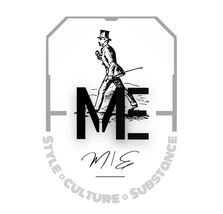

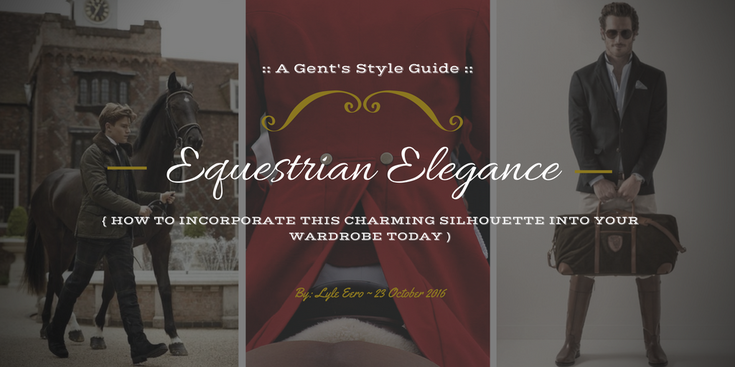
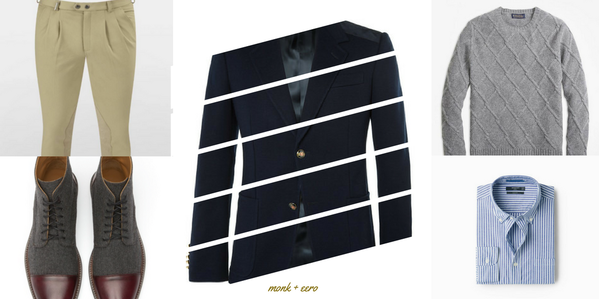



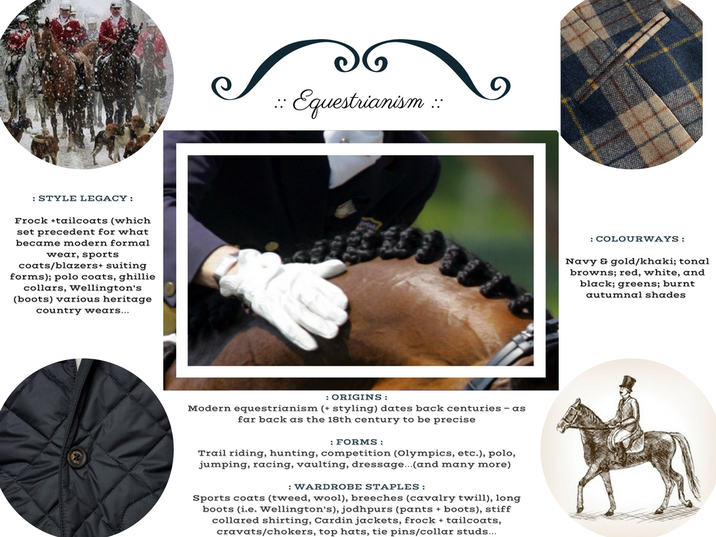

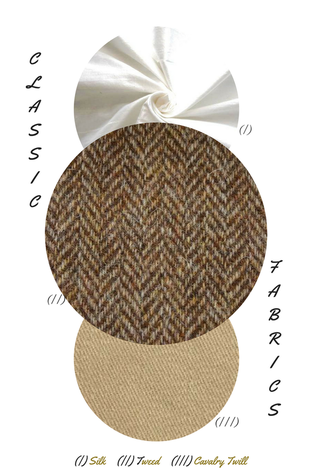


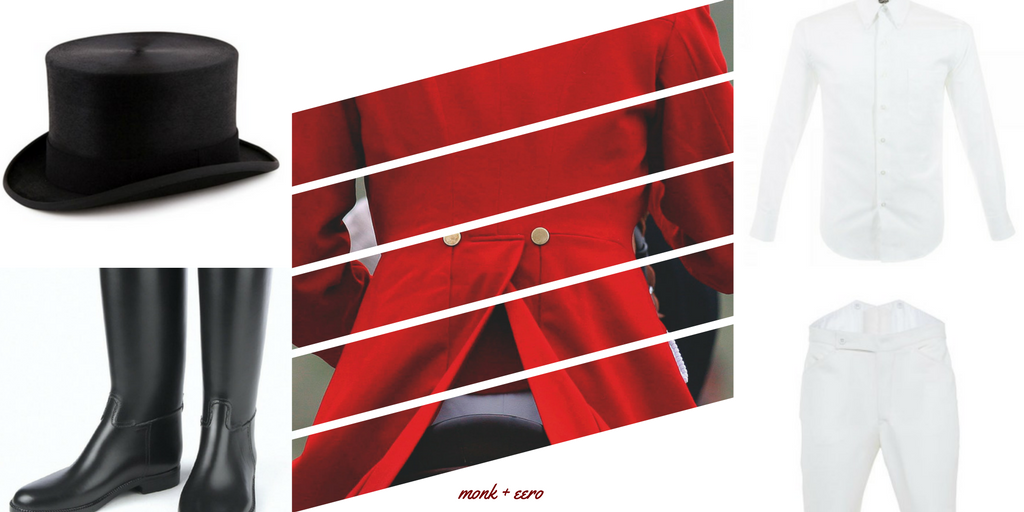


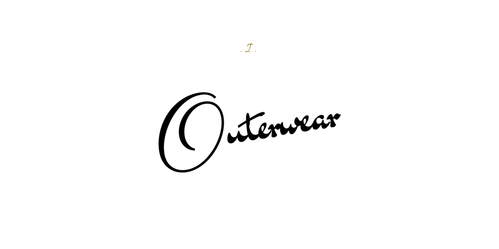
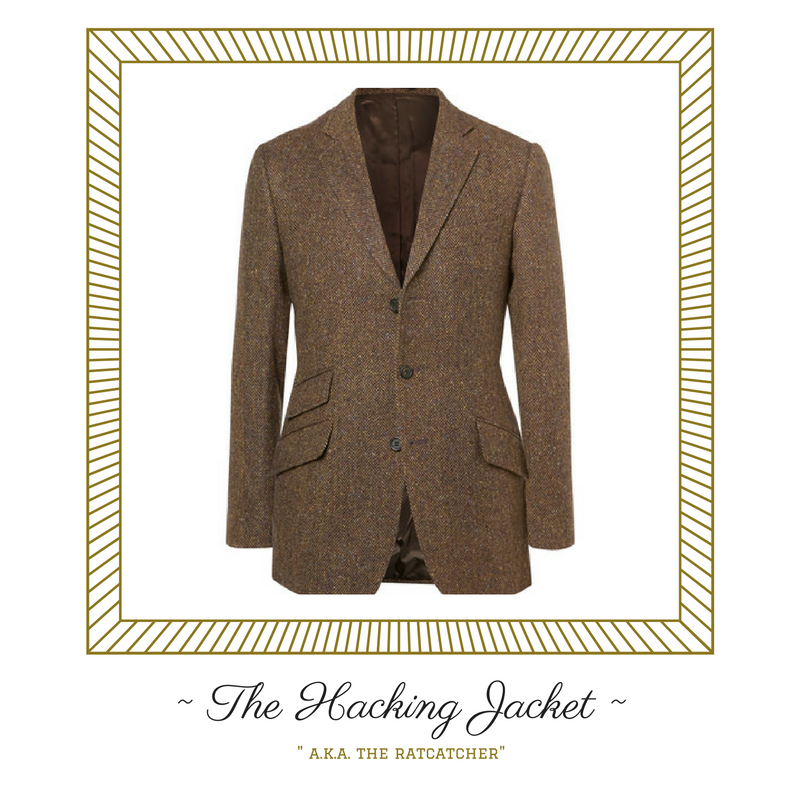
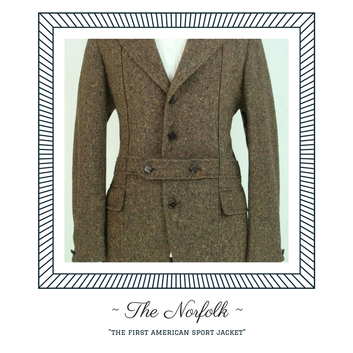


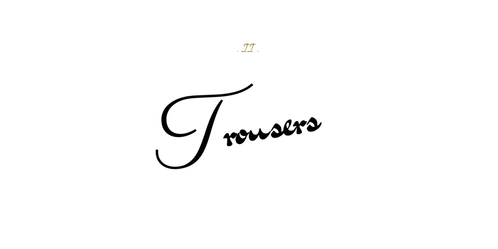
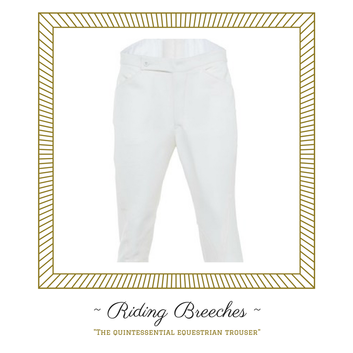
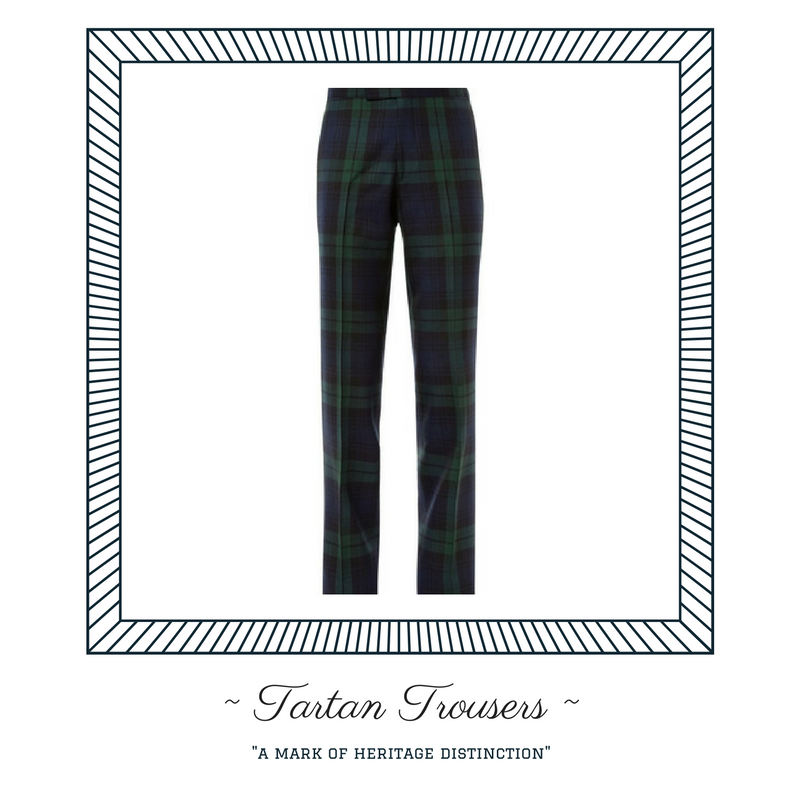

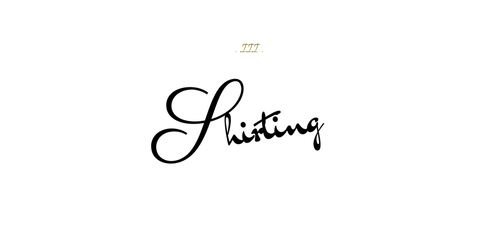
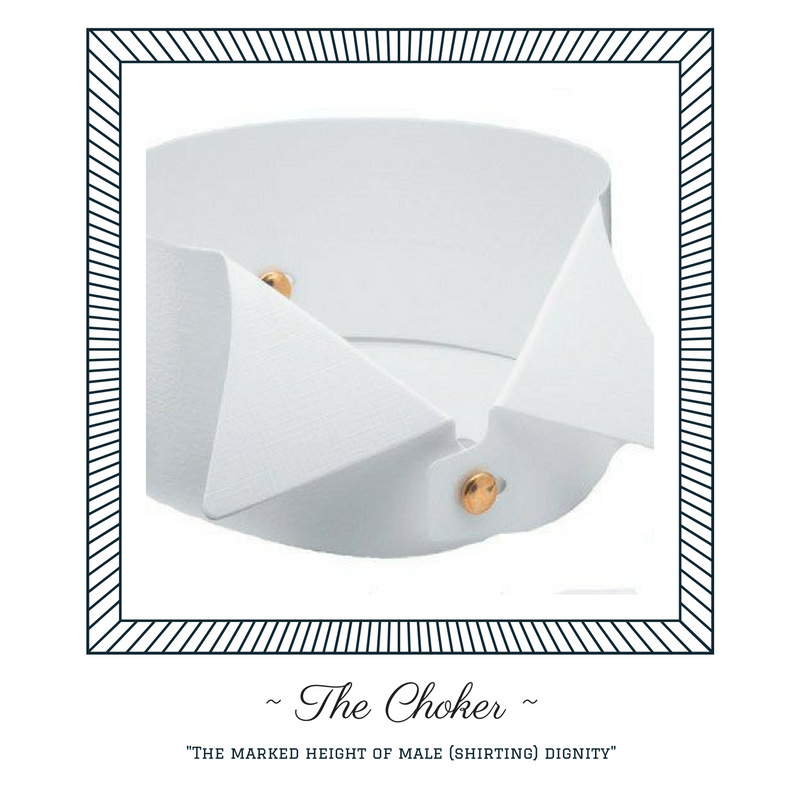
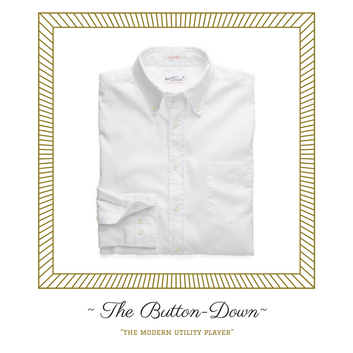

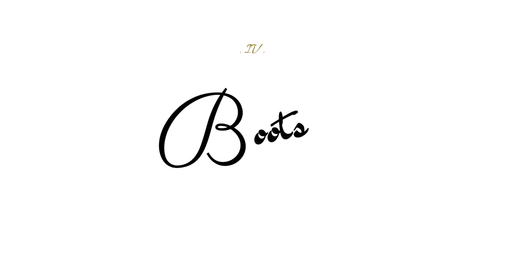
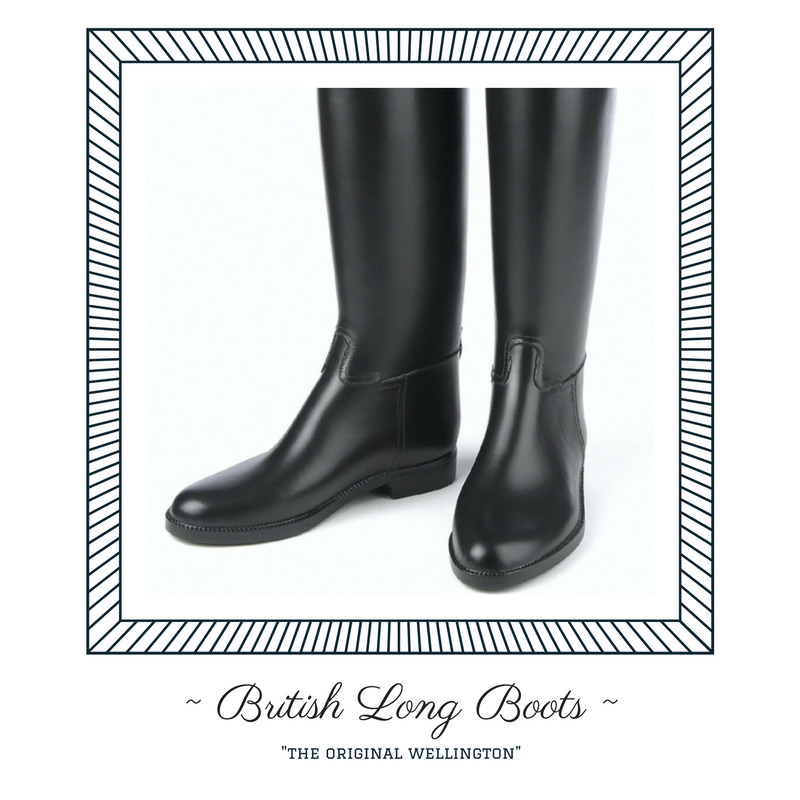
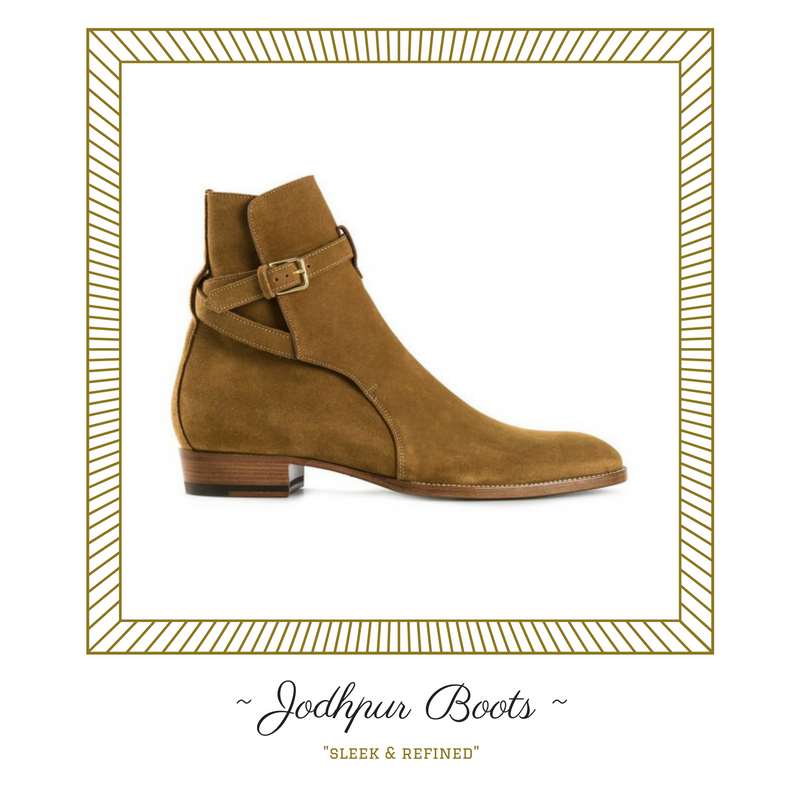

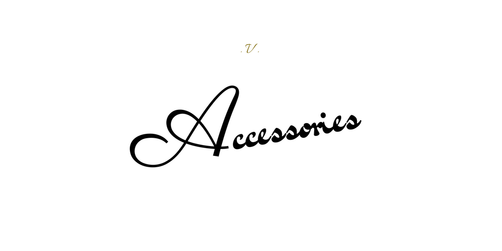

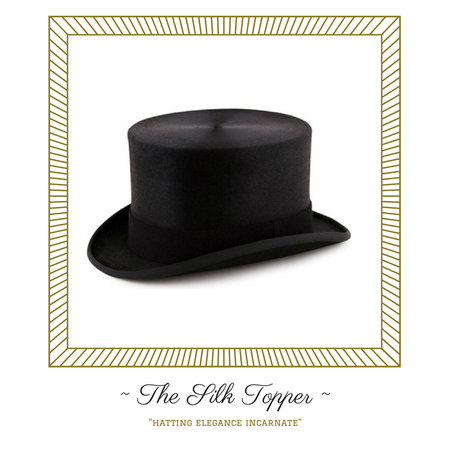


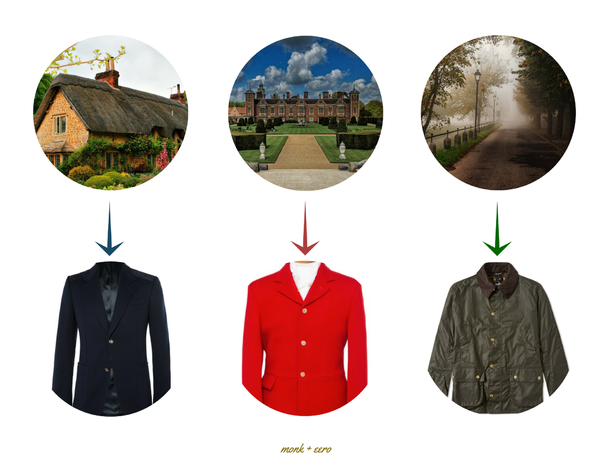
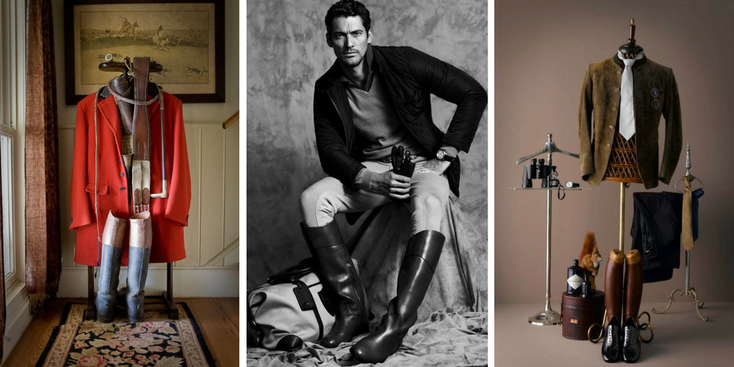

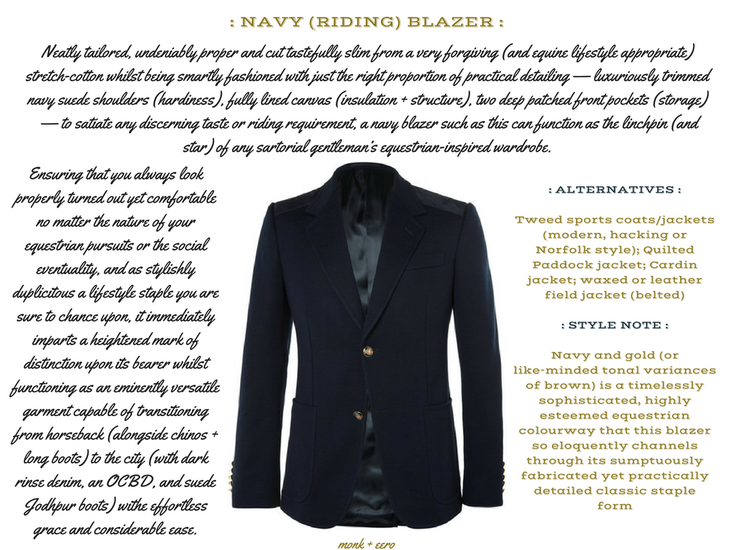


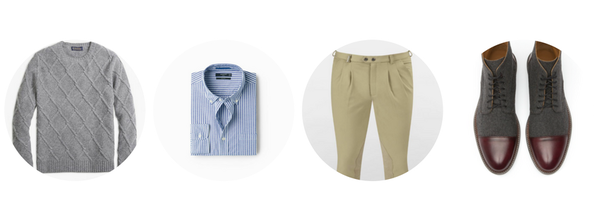

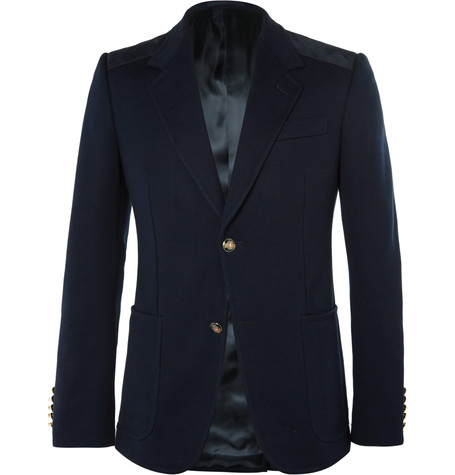
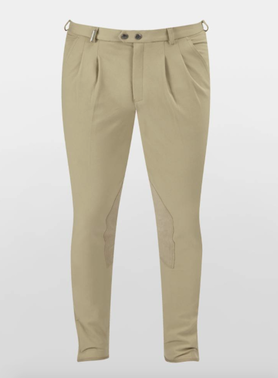

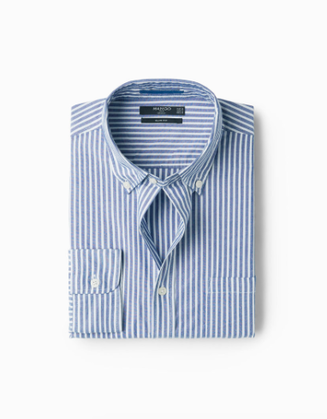
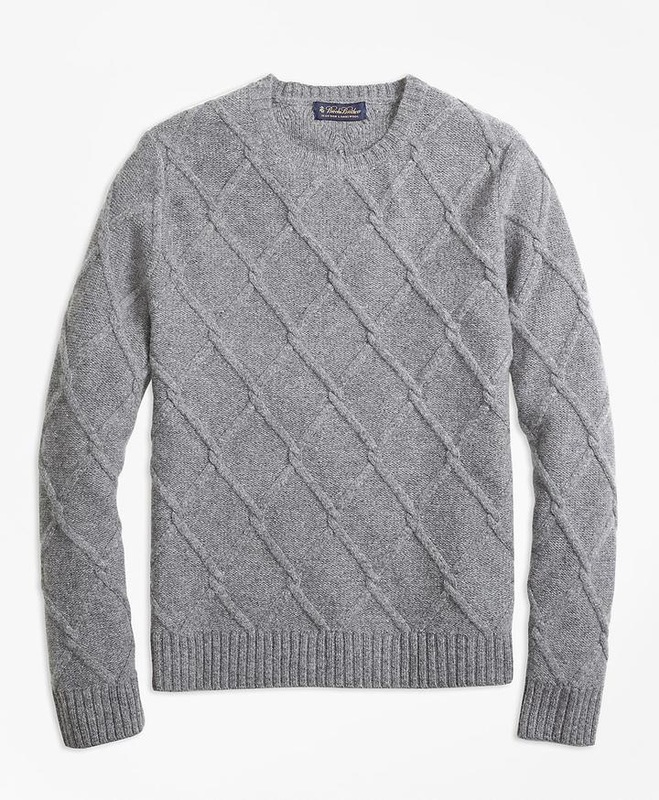

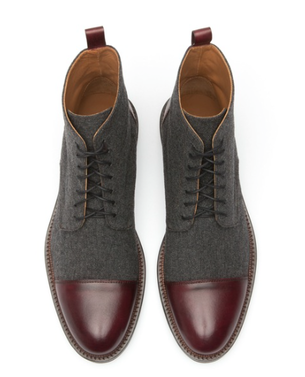
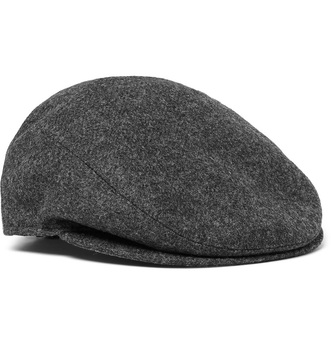

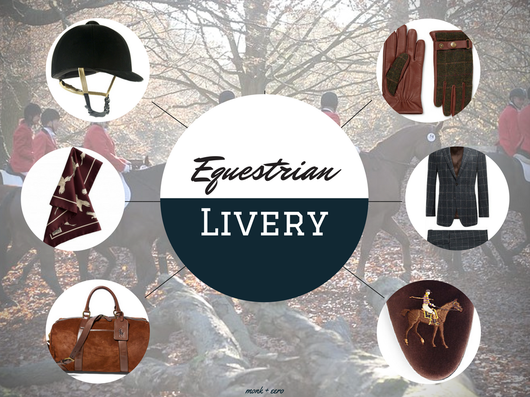


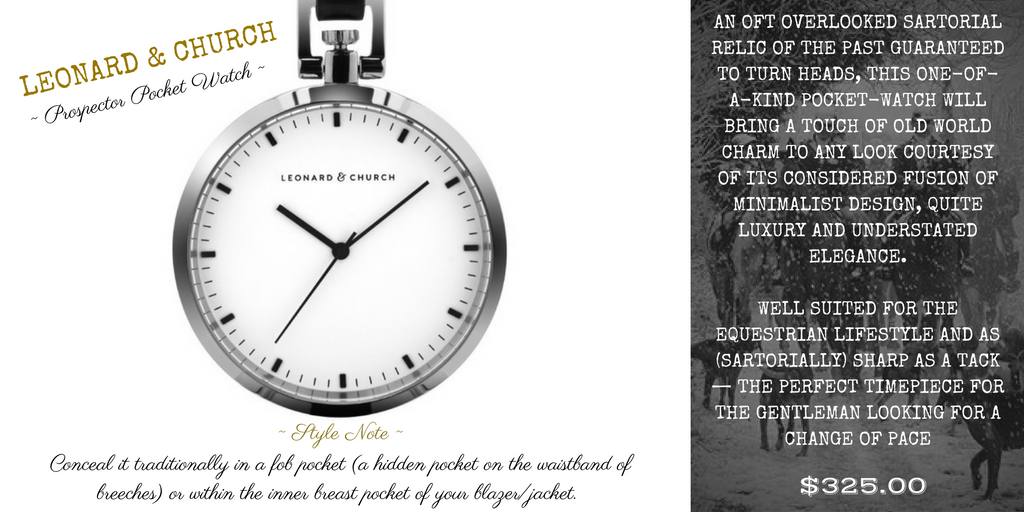


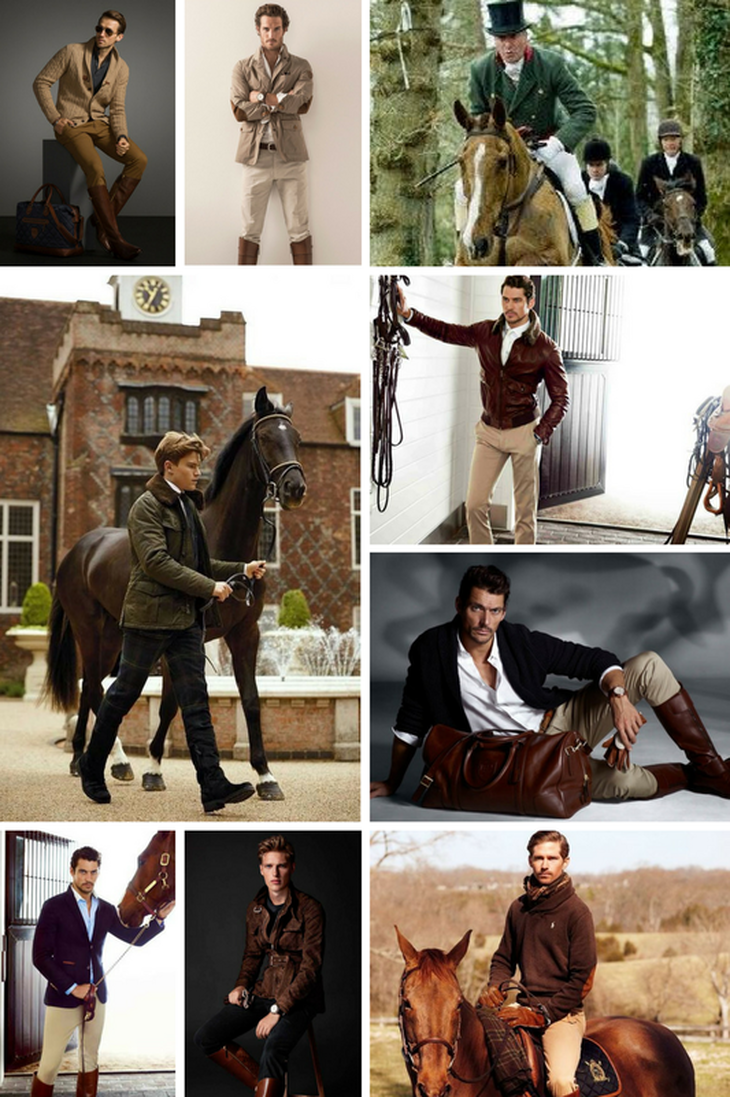

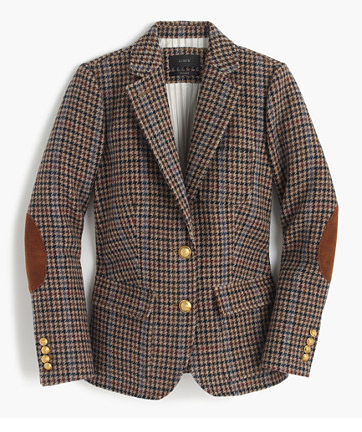


 RSS Feed
RSS Feed



